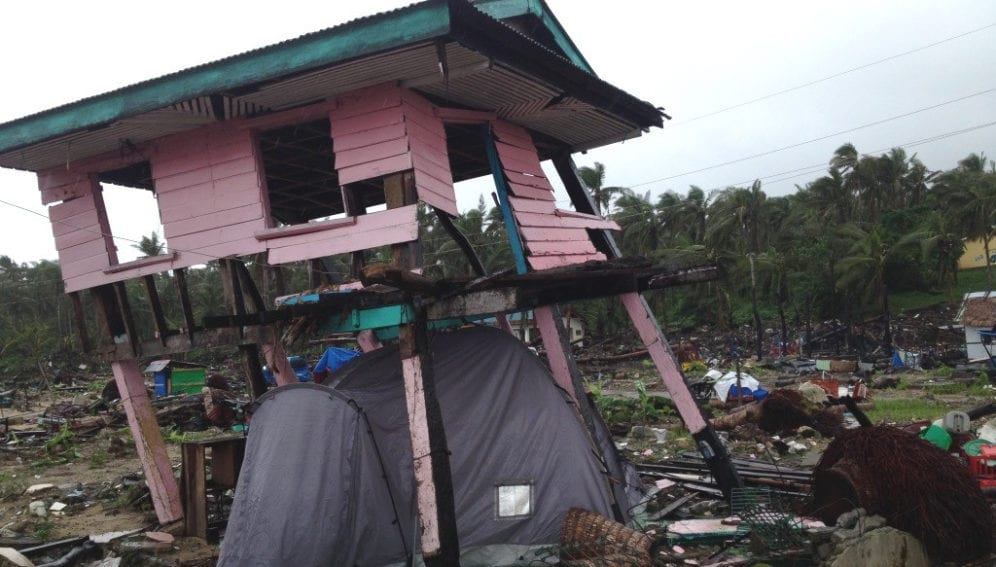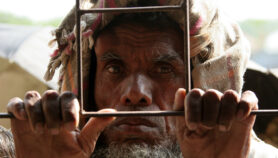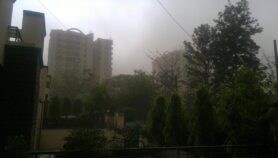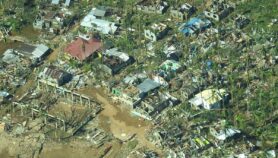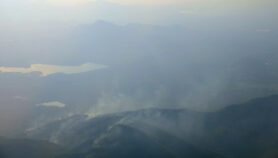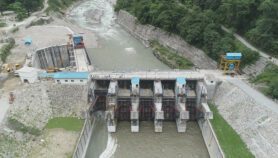Send to a friend
The details you provide on this page will not be used to send unsolicited email, and will not be sold to a 3rd party. See privacy policy.
[MANILA] A lack of appreciation and understanding of science causes more devastation and losses during disasters, warns a weather expert from the Philippines, which was severely battered by Super Typhoon Haiyan last November.
“What we need is to bring down science to a broader level of understanding and let ordinary people and local chief executives appreciate what ‘disaster imagination’ is at their own level,” Renato Solidum, director of the Philippine Institute of Volcanology and Seismology (PHIVOLCS), told a workshop last week (22-23 May) on climate change and disaster preparedness dubbed “science for safer communities”.
The workshop was the last leg of a three-month roadshow in the Philippines’ 17 regions to introduce Project NOAH (Nationwide Operational Assessment of Hazards), the government flagship programme that provides a detailed weather forecast and integrated flood warning system. Participants were also taught how to use other science-based tools such as 3D hazard maps, flood simulation models and mobile applications on disaster information.
The workshop placed emphasis on what Solidum terms as “disaster imagination”, which he said is “thinking ahead on what can happen in hazardous situations and what we need to do to minimise or prevent the occurrence of losses.”
“What you do is imagine the process of a typhoon or an earthquake, the different areas that might be affected, the devastation that can happen, and what to do to prevent those images of devastation by implementing preparedness and mitigation measures. Ask how safe is your house, to determine how safe would be your wife and children,” advised Solidum.
Solidum pointed out that the concept of disaster risk reduction should start with hazard identification or risk assessment, loss estimation and damage scenario. He particularly stressed the importance of preparedness when it comes to evacuation sites as well as procedures or drills on evacuation for efficient and effective response.
Esperanza Cayanan, an assistant chief at the Philippine Atmospheric, Geophysical and Astronomical Services Administration (PAGASA), the country’s weather bureau, tells SciDev.Net that since Super Typhoon Haiyan, they have been getting a lot of outside help such as from the World Meteorological Organization.
“They made donations to replace our damaged meteorological instruments and provided capacity-building projects to enhance PAGASA’s forecasting capability,” Cayanan says.
The United Kingdom’s weather agency, the Met Office, also shared their weather model data for Metro Manila, Cayanan reports. As local capacity builds up, she adds, data for other areas of the country will also be made available.
The Japan Agency for Marine-Earth Science and Technology, a national research institute in Japan, is sending a team this June to the typhoon-devastated province of Leyte to conduct site survey for an automatic weather station, she says.
“All these data will be a big help if they will be integrated into our resources, adding better density to our data,” Cayanan notes. “These data can help the Philippine weather bureau forecast disaster impacts with concrete scientific evidence.”
This article has been produced by SciDev.Net's South-East Asia & Pacific desk.


